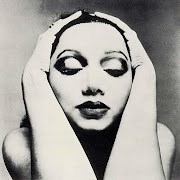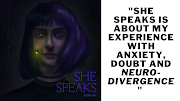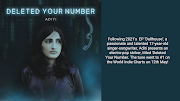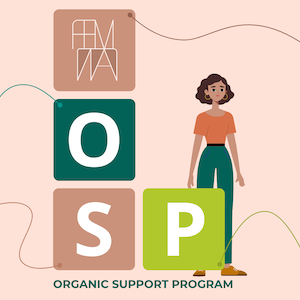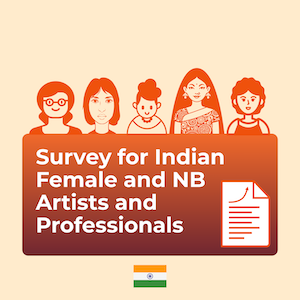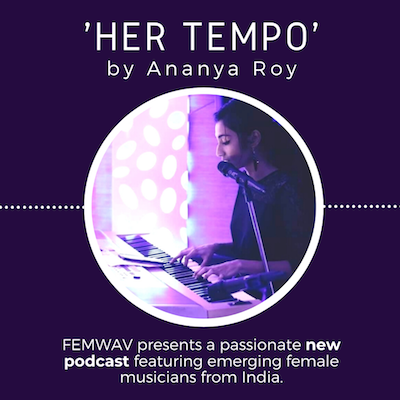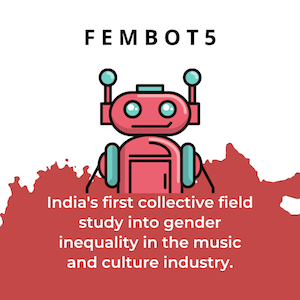From meditative to bizarre, squealing to wobbly sketches, the amaranthine depth of sounds that can be mined via modular synthesis is riveting. While this niche remains even niche-ier in India, scattered initiatives and experimenters have begun to make waves nationally and elsewhere, and at the very forefront of this is Arushi Jain, better known as her onstage persona OSE.
Trained in Hindustani classical music, she encountered computer-generated sounds at Stanford University, and made the move to contextualize one with the other. Founder of San Francisco-based label and radio series, Ghunghru, OSE has since released a wondrous album With & Without on her label. Her track 'Is It Love' recently showed up on Fact magazine's Top Tracks of 2019 list.
On Saturday Dec 21, 2019 OSE will be conducting a workshop on Modular Synthesis in Bandra, Mumbai for femmes, non-binary identifying persons, and allies with Shesaidso India. What better time to provide some insight into her process and trajectory through an illuminating chat we had with her earlier this year:
I have read that your introduction to computer-generated sounds happened during your time at Stanford. Could you go into a little detail about how this came to happen? Any specific instance/s you'd like to share?
I took a class at Stanford with Ge Wang and Matt Wright at CCRMA (Center for Computer Music in Research and Acoustic) called Laptop Orchestra. In this class, I used audio programming languages such as Chuck to design physical interfaces with which I could control sound. I also wrote scores and orchestration pieces to be played by our 12-person laptop orchestra. Really, this was the first time I learnt anything about sound synthesis, and this was a great introduction to it for me because it made the whole audio chain very modular via the use of different audio functions for each step in the process, something that translates very well to modular and also to the way you code software. It was a fun class, we prototypes [sic] a lot, which I also loved. Entering sound first as a technologist, and then re-finding my artistic voice with these tools has served me well.
Were there any specific artists creating experimental sounds that drew you to electronic music? Who are your influences?
Pretty eclectic - Ravi Shankar, Sheila Chandra, Kaitlyn Aurelia Smith, Suzanne Ciani (Editor's note: Arushi has performed live with Ciani), Farida Khanum, A. R. Rehman, Donato Dozzy and Anna Caragnano, Cio D'or, Alva Noto, Ryuichi Sakamoto.
It's exciting to see the interplay you have chosen to create between Hindustani classic music and electronic ambient sounds! How does this manifest on 'With and Without'? Tell us more about the process that went in the making of 'With and Without', please including your set-up and motivations.
I always start writing a song within a specific raag. Normally, this manifests in the simple form of knowing what is the scale, the most important notes, the time of day it is played in, the use of accidentals, and
Then there is this whole other layer that I don't always pay attention to - such as the often recommended accompanied taals, words and poems that are often sung with the raag - I like to make these up as I go.
There remains a certain amount of sciolism about Hindustani classical music within the global electronic music community, even though the melodic framework of ragas is a core tenet of music synthesis. What do you think contributes to this lack of awareness of the impact Hindustani classical music has had on improvisation in electronic music in contemporary times?
Access! Hindustani classical music is a primarily an art form that is guru-disciple based. A lot of the learning happen in person, working with a guru over many many years. There are a few texts, but they are all in Hindi and not many translations exist which makes this inaccessible to those who don't know the language. I struggle with this myself a lot. There is a big voice of the academic in me that wants to preserve this art form, and a lot of my work is primarily research driven.
The next is knowledge of instruments - most musicians today that write electronic music write with instruments that are based in the 12 note western scale, while Hindustani classical is 22 note based. In order to play 22 notes, musicians need to build abstractions on top of existing instruments, something that requires some more technical understanding...honest.
Tell us more about your training as a Hindustani classical musician and the culture that surrounds it, please. What values does it instill in its practitioners and what calls for major overhaul, especially in context of accessibility and gender representation?
I grew up in old Delhi. Growing up there was definitely something I didn't love when I was a teenager because I was so far from all my friends, but looking back at it the calmness and abundance of trees gave me all the zen I have today.
I come from a big musical family, all my cousins sisters and aunts sing. My mom sings, she studied Hindustani classical with me in the beginning years. We have quite a few talented singers, I joke we are the Indian von Trapps, and given I was one of the youngest in the house I wanted to take after my older sisters who all had beautiful voices. We all had the same guru who we called Chandana Sir, and he would come to our home to teach us Indian classical vocal music. There was also a lot of other sounds always floating in the hallways - Pink Floyd, *Pearl Jam, Simon & Garfunkel, Abba...sounds that I heavily associate to my sisters.
My work today, like me personally, is a melding of my past life as a musician growing up in India & my present life as a engineer in California. Like me, my music is rooted in Hindustani classical theory, but I modify it with it with my present interests and experience in western classical, minimal ambient, synth forward sound design and genres of techno, glitch.
Even the modular world tends to be male-dominated and technocratic. There is a lot of aggrandizement when it comes to technology that goes into modular synthesis, the unspoken implication being that it won't interest women or that women simply do not have that level of affinity with technology. Have you ever experienced this firsthand?
Yea, haha! I am a software engineer by profession so I know this feeling way to well and tbh I've become rather oblivious to this. One time, I got asked to play at a modular synth store "because it would be nice to have not dudes play" as opposed to genuine interest in my art. Honestly, I'm quite a gear head but I'm also way more than that, a lot more. It no longer bothers me when I am the only woman in the room, I think it has made me realize the importance of being bold and "extra" so that people feel my presence and don't take it lightly. I also work with a lot of women, by choice. I am teaching a workshop on modular synthesis for femmes in India this December, you should come!
Arushi is also working on a collaborative installation with Carly Lave, her partner on Golem - a gestural control interdisciplinary art project that combined motion capture and contemporary dance. OSE used the footage from their installation for the opening track on With & Without: I Feel Incomplete Without Sound. Their upcoming performance piece will debut in LA in March 2020, and is centered around representing space for femme voices online and offline.
We can also expect another album of pure ragas composed via a combination of electronic instruments and tools OSE is building. "It’s gonna take me a bit to finish this, because it involves working instruments traditionally used in Hindustani classical art and building digital versions of them that give me control over microtonality.".
You can sign up for the modular synthesis workshop here.
Written by Uvika Wahi




